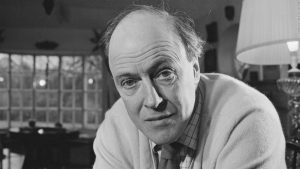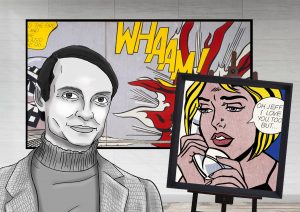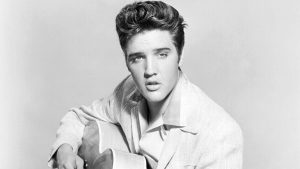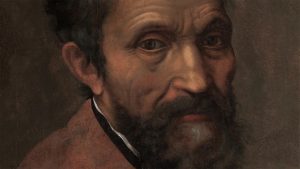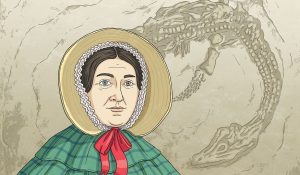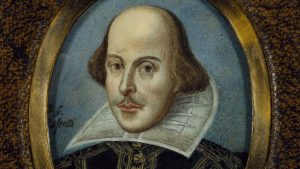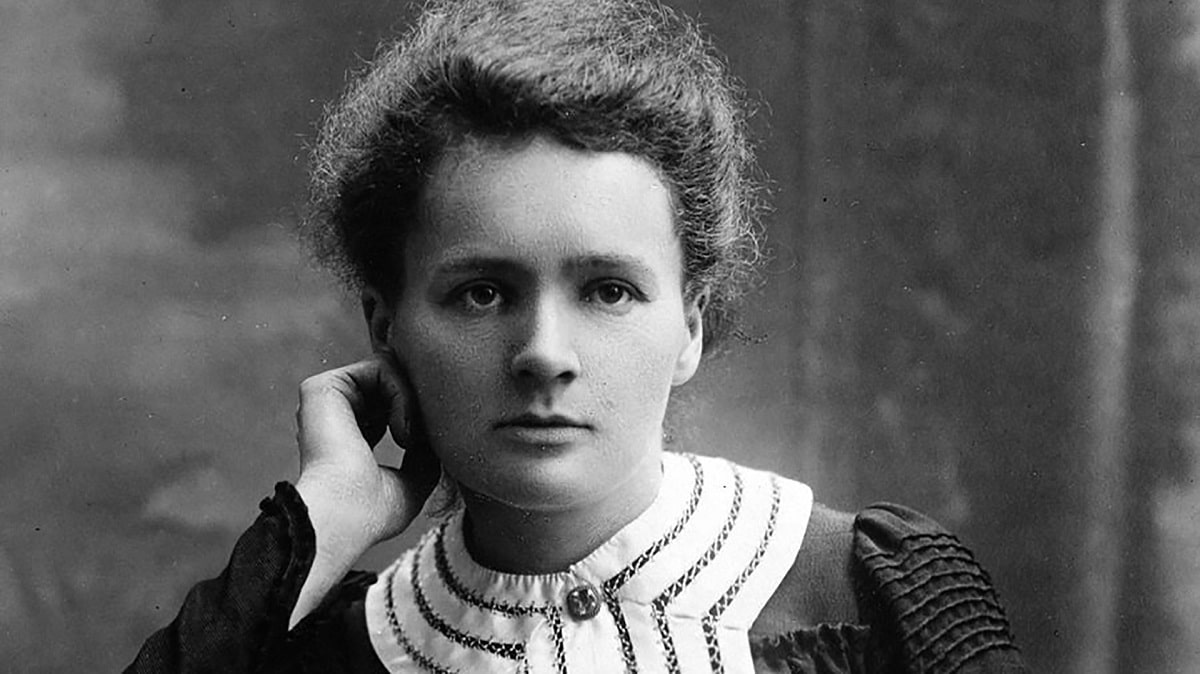
33 interesting facts about Marie Curie
- 👁️ 1360
Marie Curie, born on 7 November 1867 in Warsaw, Poland, was an extraordinary physicist and chemist. Her pioneering work on radioactivity not only won her Nobel Prizes in both physics and chemistry but also laid the groundwork for numerous applications, including medical treatments. Curie was the first woman to win a Nobel Prize and the only person ever to win Nobel Prizes in two different scientific fields. Her determination, intelligence, and scientific contributions continue to inspire people around the world. Here are more than 33 interesting facts about Marie Curie:
- Marie Curie’s real name was Maria Skłodowska. She adopted the name Marie in France.
- She was the youngest of five children in the Skłodowska family.
- Marie Curie met her future husband, Pierre Curie, while studying in Paris.
- The couple married in 1895 and worked together on many scientific projects.
- They had two daughters, Irène and Ève. Irène also became a Nobel Prize-winning scientist.
- Marie Curie was the first woman to become a professor at the University of Paris.
- Her first Nobel Prize was in Physics in 1903, which she shared with Pierre Curie and Henri Becquerel.
- She won her second Nobel Prize in Chemistry in 1911 for her work on radium and polonium.
- Marie Curie discovered the radioactive elements polonium and radium.
- Polonium was named after Poland, her homeland, to raise awareness of its plight under Russian rule.
- She conducted pioneering research on radioactivity, a term she coined herself.
- During World War I, Marie Curie developed mobile radiography units to provide X-ray services to field hospitals.
- She personally trained women to operate the X-ray equipment, which became known as “Little Curies.”
- Marie Curie’s research notebooks are still radioactive and are stored in lead-lined boxes.
- Despite her Nobel Prizes, she was rejected membership to the French Academy of Sciences in 1911, likely due to gender bias.
- Curie’s studies laid the groundwork for the development of X-ray machines.
- Tragically, Marie Curie died of aplastic anaemia, likely caused by her prolonged exposure to radiation.
- She was the first woman to be entombed on her own merits in the Panthéon in Paris.
- Curie’s daughter Irène Joliot-Curie and son-in-law Frédéric Joliot-Curie also won Nobel Prizes, making the Curies the family with the most Nobel laureates.
- Marie Curie was known for her humble lifestyle and donated much of her prize money to scientific research.
- Despite her fame, Curie faced significant gender discrimination throughout her career.
- Her work laid the foundation for the development of cancer therapies using radiation.
- Marie Curie founded the Curie Institutes in Paris and Warsaw, which remain major centres for medical research today.
- She was the first female Nobel laureate and the first person to win Nobel Prizes in two different scientific fields.
- Curie conducted much of her early research in a shed without proper safety measures, exposing her to high levels of radiation.
- She was the first woman to receive a Doctorate of Science in France.
- The element curium, discovered in 1944, was named in honour of Marie and Pierre Curie.
- Curie’s accomplishments were often overshadowed by her husband’s during her lifetime, but she is now widely recognised for her individual contributions.
- Marie Curie’s granddaughter, Hélène Langevin-Joliot, is a prominent nuclear physicist.
- Despite her many accomplishments, Curie never patented her radium-isolation process, believing that it should be available to the scientific community.
- Albert Einstein reportedly remarked that Marie Curie was probably the only person not corrupted by fame.
- In 1995, French President François Mitterrand declared Marie Curie’s birthday a national day of celebration in France.
- Marie Curie’s work on radium contributed to the development of the atomic model and atomic theory.
Marie Curie’s scientific contributions and her trailblazing role as a female scientist in a male-dominated field have left an indelible mark on the world. Her dedication to research, coupled with her selfless service during wartime, showcased her commitment not only to science but to humanity. Curie’s work continues to resonate today in various fields like medicine, industry, and nuclear physics. Her story is a timeless inspiration for aspiring scientists, women in STEM, and all those who believe in the pursuit of knowledge and the betterment of society.


